The exchange volume of yuan trading reached its maximum in two and a half months. At the same time, the number of transactions sharply increased and the volume of transactions in the Chinese currency fell, while in “toxic” currencies these parameters remained at average levels. The situation is explained by the speculative activity of investors who, after a noticeable decline in the rates of leading currencies and the end of the tax period, decided to play against the ruble.
The volume of trading in Chinese currency for delivery “tomorrow” on the Moscow Exchange on October 26 amounted to almost 210 billion rubles. This is 18% higher than Wednesday's figure and the third highest result of all trading. The trading volume was higher only on August 14 (RUB 220 billion) and July 7 (RUB 240 billion). At the same time, trading volumes in the dollar (99 billion rubles) and euros (33 billion rubles) remained approximately at the level of the previous day.
Unlike previous cases, high volatility in yuan trading was observed only at the beginning and end of the trading session. At the opening of trading, the yuan exchange rate grew by 1.2%, to 12.87 rubles/CNY; with the beginning of the main session, it lost almost all its gains and returned to the level of 12.75 rubles/CNY, near which it remained until the end of trading. Only at the close of trading did it rise to the level of 12.78 rubles/CNY, adding 6 kopecks during the day. Similar dynamics were observed in dollar and euro trading. At the end of the day, the dollar exchange rate increased by 63 kopecks, to 93.96 rubles/$, the euro exchange rate added 83 kopecks, to 99.60 rubles/€.
Market participants note an increase in speculative activity in Chinese currency trading. This is evidenced by a sharp increase in the number of operations.
On Thursday, the number of transactions reached 140 thousand, which is 33% higher than the previous high set on July 6. As a result, the average transaction size dropped to RUB 1.5 million for the first time since April, which is 40% lower than the daily average in the autumn months. In “toxic” currencies, the figures remained approximately at the level of previous days — 18.2 thousand transactions with the dollar (5.4 million rubles on average) and 9.5 thousand transactions with the euro (3.5 million rubles).< /p>
Speculators are becoming more active as the end of the tax period approaches. Over the previous five days, the dollar fell by more than 4%, the yuan fell by 4.2%. As a result, as noted by Digit Broker analyst Daniil Bolotskikh, the yuan reached a level that had been tested twice in the previous two and a half months and both times began to grow after that. “The achieved level of support is used by many market participants as a rare way to form currency positions at relatively low prices,” notes Evgeniy Mironyuk, stock market expert at BCS World of Investments.
High turnover with low volatility indicates that demand for currency has now equaled supply, notes Daniil Bolotskikh.
The ruble was kept from weakening further by continued sales from exporters, who will complete tax payments next Monday. “Volumes of sales of foreign currency by exporters are bought back by market participants near support levels in anticipation of a “rollback” after October 30,” notes Evgeny Mironyuk.
With the end of the tax period, the Russian currency may weaken under pressure from speculators and importers. According to the chief analyst of Sovcombank, Mikhail Vasiliev, at the beginning of the month, importers may probably intensify the purchase of foreign currency at a favorable rate for the purchase of goods for the New Year holidays and sales. He does not rule out that in the coming weeks the dollar exchange rate will remain in the range of 92–97 rubles/$, the yuan exchange rate will remain 12.5–13.2 rubles/CNY. “The ruble will be supported by high oil prices, the mandatory sale of foreign currency earnings for the largest exporters, a likely increase in the key rate by the end of the year to at least 15% and expectations that the authorities will use additional administrative measures to keep the exchange rate below 100 rubles/$,” believes Mr. Vasiliev.








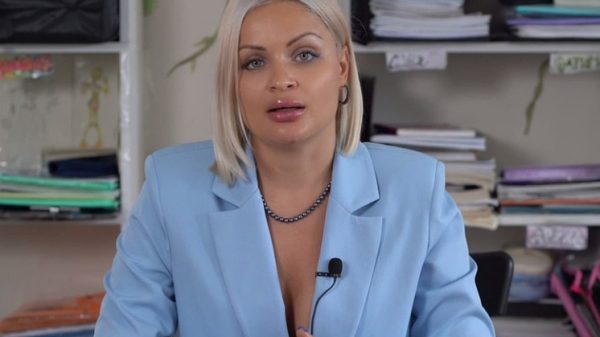
























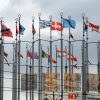
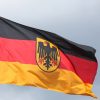


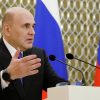
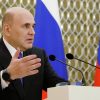
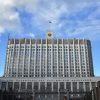
















Свежие комментарии